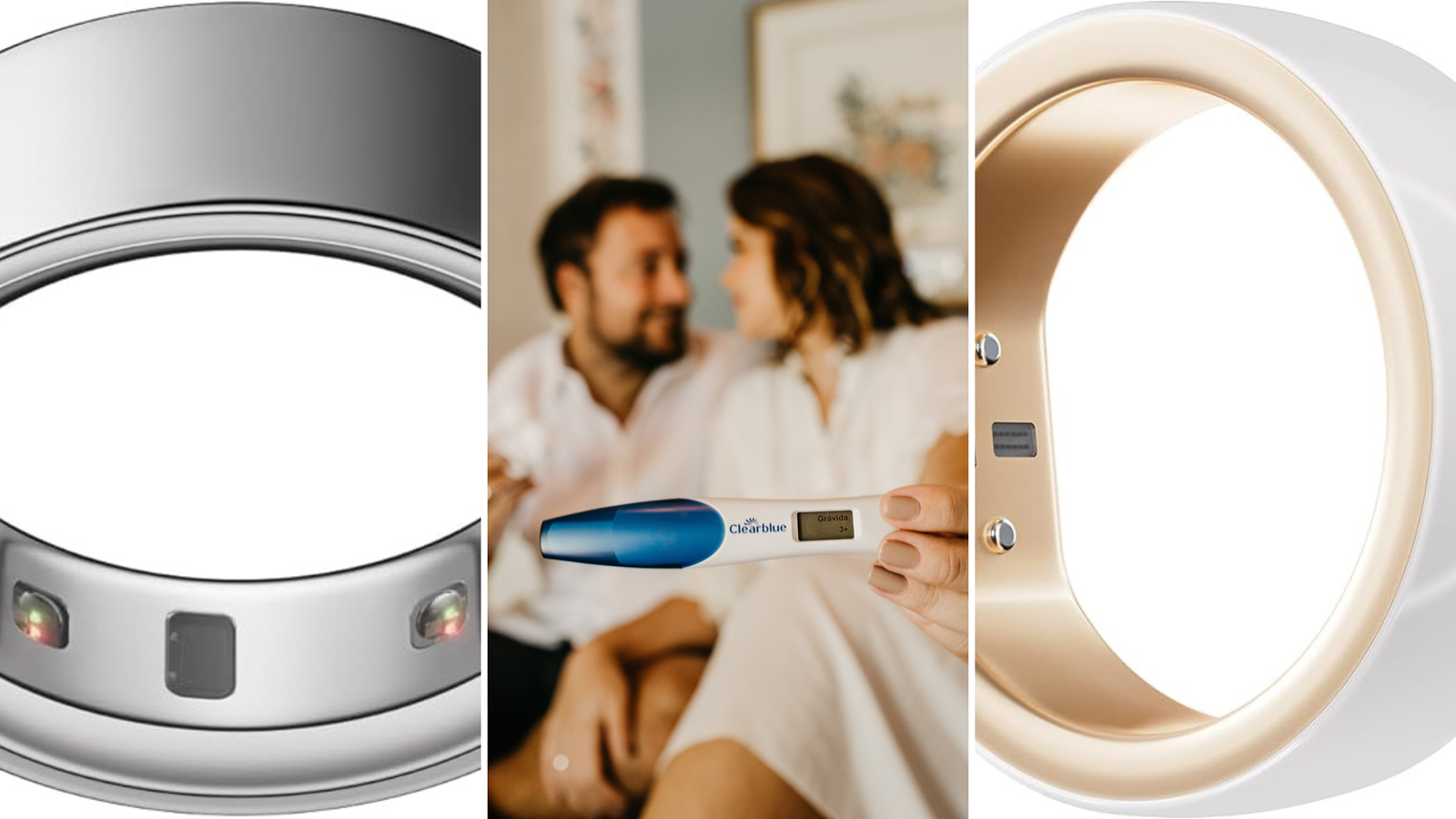This is a simple and straightforward tool to help you calculate Your luteal phase. Scroll down to learn how to use the calculator.
Luteal Phase Calculator
Author Bio

Idris Ya’u
BSc Botany, MSc Biology
How to Use the Luteal Phase Calculator
The luteal phase calculator is designed to help you determine the length of your luteal phase, which is the time between ovulation and the start of your next menstrual period. Here’s how to use it:
1. Enter Your Ovulation Date:
- In the input field labeled “Ovulation Date,” enter the date you ovulated. If you’re unsure of your exact ovulation date, you can estimate based on signs of ovulation such as changes in cervical mucus or using an ovulation predictor kit.
2. Enter the Start Date of Your Next Period:
- In the input field labeled “Next Period Start Date,” enter the expected start date of your next menstrual period.
3. Calculate the Luteal Phase:
- Click the “Calculate Luteal Phase” button to process the information.
4. View Your Result:
- The calculator will display your luteal phase length in days, along with an explanation of what your result means.
Tips for Accuracy
- The luteal phase is typically between 12 to 16 days long. If your result falls outside this range, it may be helpful to track your cycles over several months for a more accurate assessment.
- If you notice significant variations or if your luteal phase is consistently short (under 10 days) or unusually long, consider consulting a healthcare provider for further advice.
This calculator is a useful tool for anyone trying to understand their menstrual cycle better, particularly for those tracking fertility.
How to calculate luteal phase without knowing ovulation
Calculating the luteal phase without knowing the exact day of ovulation can be challenging, as the luteal phase is the period between ovulation and the start of the next menstrual period. However, there are methods and estimations you can use to get a general idea of your luteal phase length, even if you don’t know the exact day of ovulation.
Understanding the Luteal Phase
The luteal phase typically lasts about 10 to 16 days, with 14 days being the average. It starts after ovulation and ends the day before your next period begins. The length of the luteal phase is relatively consistent for most women, but it can vary slightly.
Methods to Estimate the Luteal Phase Without Knowing Ovulation
1. Use the Average Luteal Phase Length
- Assume a 14-Day Luteal Phase: Since the average luteal phase length is 14 days, you can estimate your luteal phase by subtracting 14 days from the total length of your menstrual cycle. For example, if you have a 28-day cycle, you might assume ovulation occurs around day 14, making the luteal phase the last 14 days of your cycle. Example:
- Cycle Length: 28 days
- Estimated Luteal Phase: Day 15 to Day 28
2. Track Your Menstrual Cycle Regularly
- Monitor Your Cycle Length: Keep track of your menstrual cycle over several months to understand its regularity. The more regular your cycle, the easier it will be to estimate the luteal phase. Example:
- If your cycle is consistently 30 days, subtract the average luteal phase length (14 days) to estimate that ovulation may occur around day 16.
3. Use Basal Body Temperature (BBT) Charts
- Track Basal Body Temperature: Although this method traditionally helps pinpoint ovulation, consistently tracking your BBT can give you clues even if you don’t identify the exact day of ovulation. After ovulation, your BBT typically rises by about 0.5 to 1.0 degrees Fahrenheit. The number of days from the temperature rise until your next period starts will give you an estimate of your luteal phase length. Example:
- If your BBT rises on day 16 and your period starts on day 29, your luteal phase might be around 13 days.
4. Monitor Physical Symptoms
- Track Physical Signs: Some women experience specific symptoms such as breast tenderness, mild cramping, or changes in cervical mucus after ovulation. If you consistently notice these symptoms, you might estimate that ovulation has occurred and use this to estimate your luteal phase. Example:
- If you notice ovulation symptoms around day 14 and your period starts on day 28, your luteal phase could be around 14 days.
5. Use a Luteal Phase Calculator
- Online Calculators: You can use online luteal phase calculators where you input your cycle length, and it estimates the luteal phase based on typical cycle patterns. These calculators can provide a rough estimate, but they are most accurate when combined with other methods.
6. Consult with a Healthcare Provider
- Professional Guidance: If you’re unsure about your luteal phase or concerned about irregular cycles, consulting a healthcare provider can be helpful. They might suggest hormonal tests or more precise methods like ultrasound to determine your ovulation day.
Summary
While it is ideal to know the exact day of ovulation to accurately calculate the luteal phase, these methods provide ways to estimate it based on typical cycle patterns and symptoms. By tracking your cycle, monitoring physical signs, and using tools like BBT charts or online calculators, you can gain a better understanding of your luteal phase even without pinpointing ovulation precisely. Regularly recording this information over a few cycles can improve the accuracy of your estimation.
Normal Luteal Phase Length
The luteal phase is the second half of the menstrual cycle, following ovulation, and is crucial for preparing the uterus for a potential pregnancy.
It typically lasts around 14 days, though this can vary slightly among women. This phase is relatively consistent, unlike the follicular phase, which can range from 10 to 16 days.
You can learn more about luteal phase in this study.
Luteal Phase Deficiency (LPD)
Luteal Phase Deficiency (LPD) is a condition characterized by insufficient progesterone, which is vital for maintaining a healthy uterine lining (endometrium) and supporting embryo implantation and growth (source).
This condition was first described in 1949 by Georgiana Seegar Jones during a study of 206 women with infertility issues. Women with LPD may exhibit a shorter luteal phase—less than 9 days—or may experience spotting several days before their period without any other identifiable cause.
Although LPD has been associated with irregular menstrual bleeding, infertility, and recurrent pregnancy loss, its role in these conditions remains controversial. The American Society for Reproductive Medicine (ASRM) noted in 2012 that there is no definitive proof that LPD causes infertility.
Importance of the Luteal Phase in Pregnancy
The luteal phase is essential for establishing a successful pregnancy. The endometrium undergoes changes during this phase to become receptive to a fertilized egg, with the “window of implantation” occurring between days 19 and 24 of a typical 28-day cycle.
In assisted reproductive technologies (ART), luteal phase support is often necessary, especially when treatments affect the body’s natural hormone production.
Precision Medicine and Luteal Phase Support
Today, with advances in precision medicine, the luteal phase can be tailored to individual patients, particularly in ART cycles. This personalized approach considers factors such as endometrial thickness, serum progesterone levels, and endometrial receptivity tests. These biomarkers help customize luteal phase support to optimize the chances of successful implantation and pregnancy.
In conclusion, while the luteal phase is generally consistent at around 14 days, conditions like LPD can affect its length and the overall menstrual cycle, potentially impacting fertility. Personalized luteal phase support in ART cycles has shown promise, but more research is needed to fully understand and optimize treatment strategies.
Learn more from here.
Reference
- Luteal Phase. Retrieved from https://www.sciencedirect.com/topics/medicine-and-dentistry/luteal-phase
- Mesen TB, Young SL. Progesterone and the luteal phase: a requisite to reproduction. Obstet Gynecol Clin North Am. 2015 Mar;42(1):135-51. doi: 10.1016/j.ogc.2014.10.003. Epub 2015 Jan 5. PMID: 25681845; PMCID: PMC4436586.
- JONES GE. Some newer aspects of the management of infertility. J Am Med Assoc. 1949 Dec 17;141(16):1123-9, illust. doi: 10.1001/jama.1949.02910160013004. PMID: 15394678.
- Reed BG, Carr BR. The Normal Menstrual Cycle and the Control of Ovulation. [Updated 2018 Aug 5]. In: Feingold KR, Anawalt B, Blackman MR, et al., editors. Endotext [Internet]. South Dartmouth (MA): MDText.com, Inc.; 2000-. Available from: https://www.ncbi.nlm.nih.gov/books/NBK279054/


